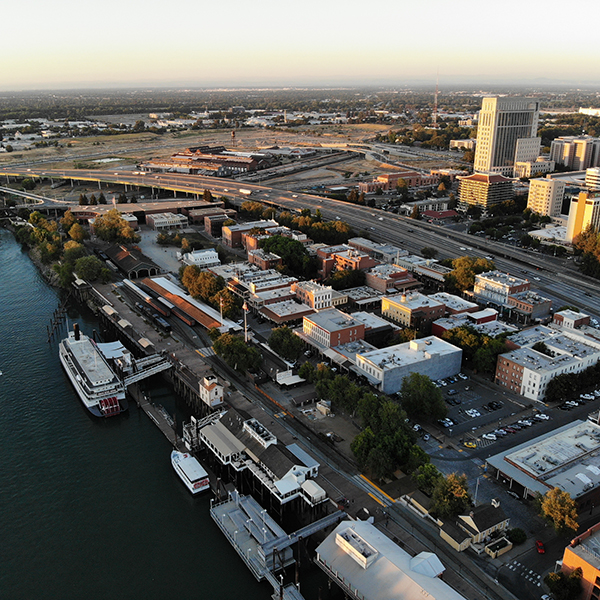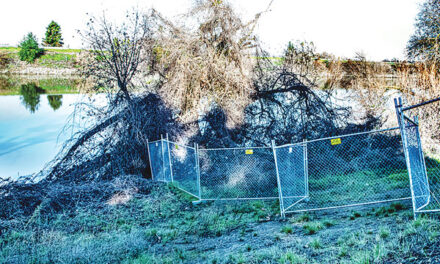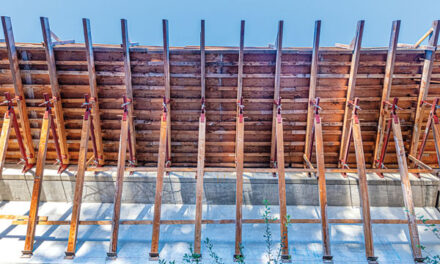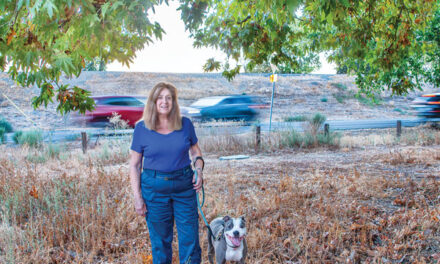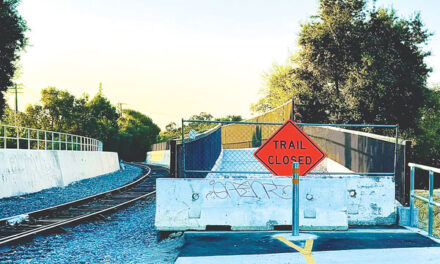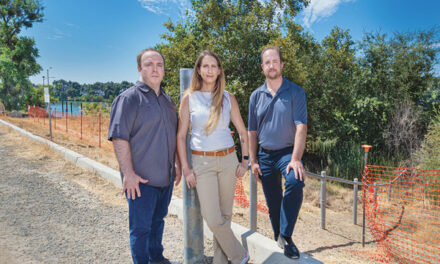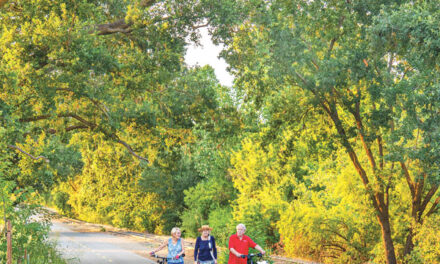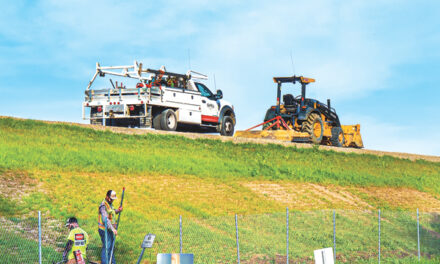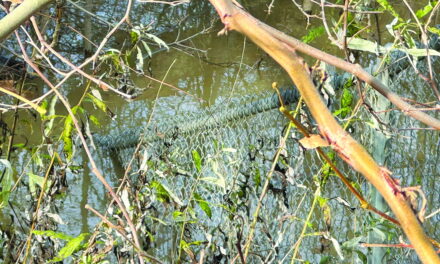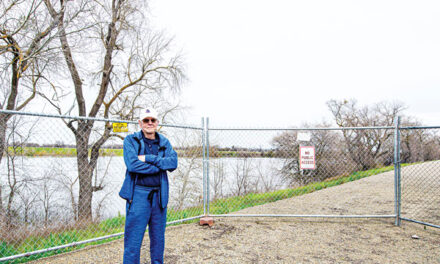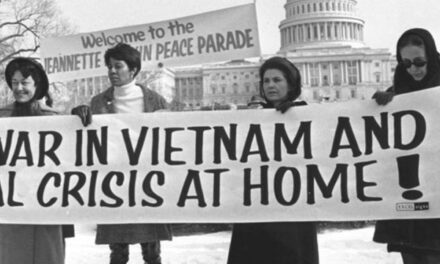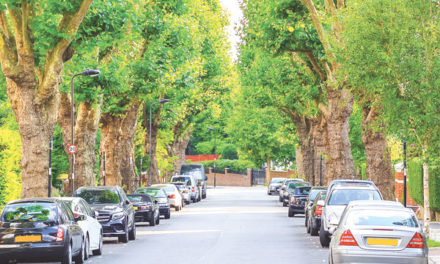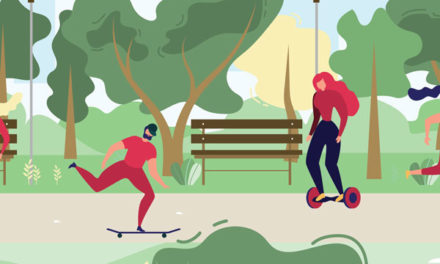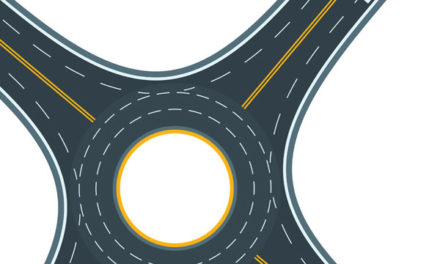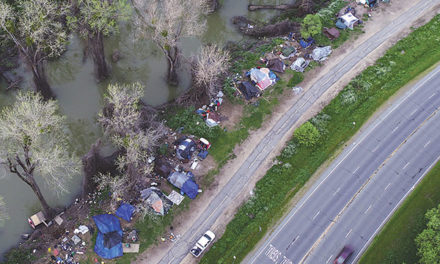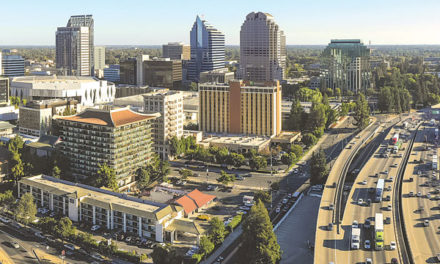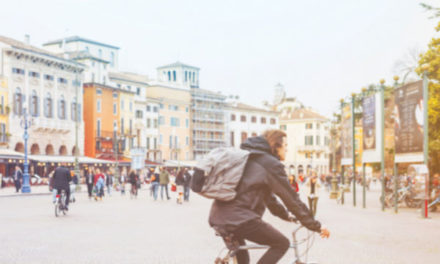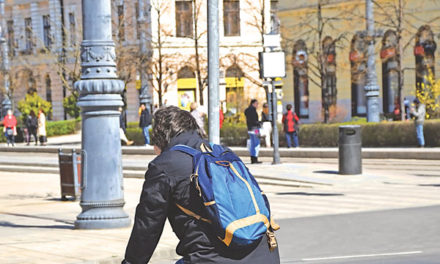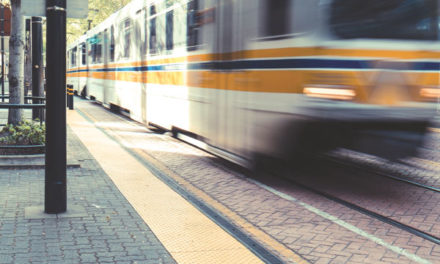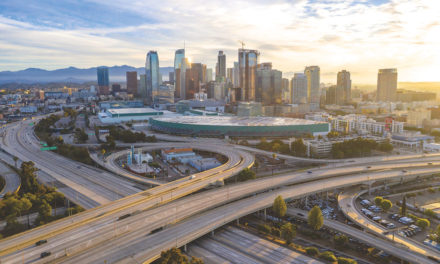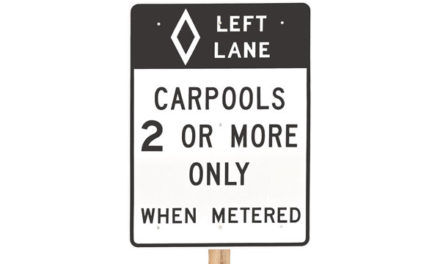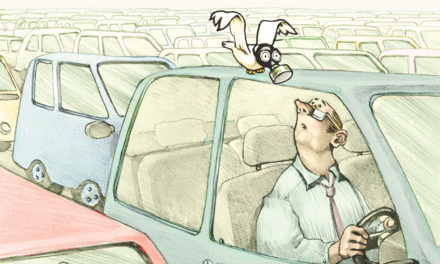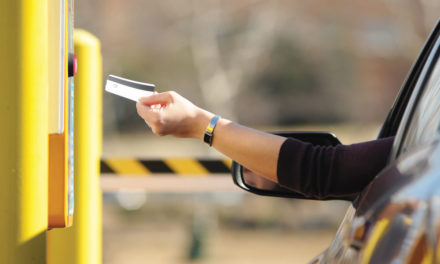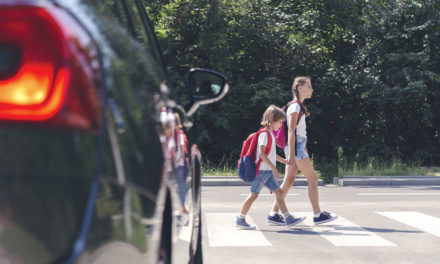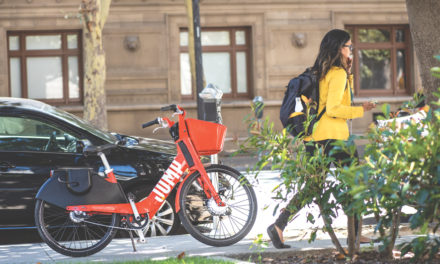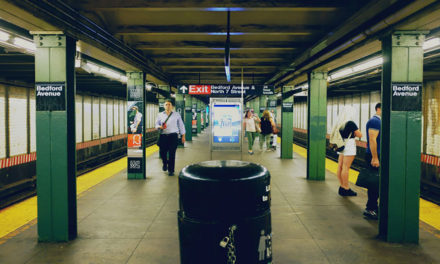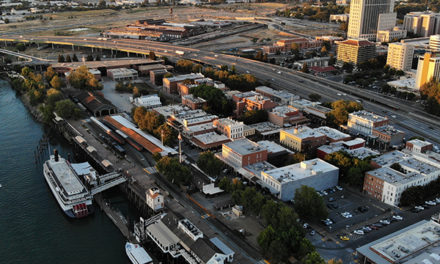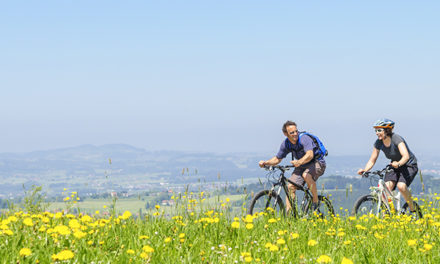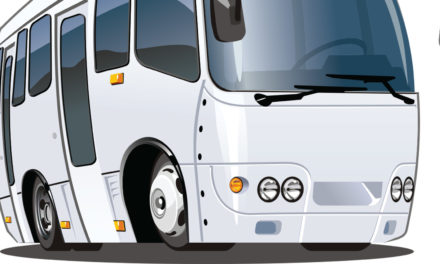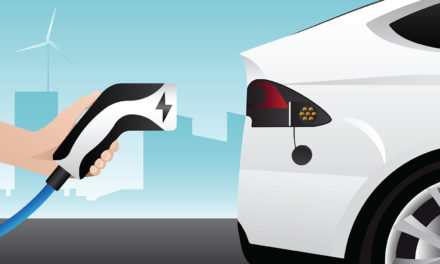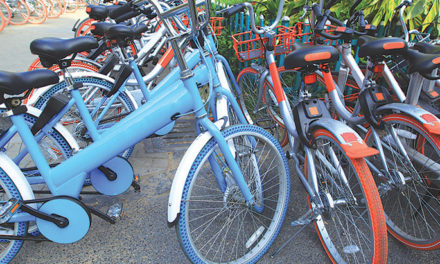People crave to be where water caresses land. But in our putative River City, it’s hard to enjoy, or even glimpse, the Sacramento River. We can’t satisfy the human urge to cozy up to the river because it’s cut off by Interstate 5. The massive freeway makes it difficult to economically capitalize on our proximity to Sacramento’s namesake river and the city’s birthplace.
The City Council has embarked on an ambitious $47 million plan to revitalize the waterfront in Old Sacramento. The hope is that tourist-oriented shops could be transformed by the addition of a grassy park, concert venue, second-story wine bar or other amenities, enticing residents to come, linger, spend money and enjoy the riverfront.
This isn’t the city’s first attempt to enliven the area. A promenade/bike path was added south of the Tower Bridge. Earlier, a farmers market, modeled on Seattle’s Pike Place Market, tried to lure residents to buy local produce. Slow sales prompted one vendor to describe his stall as a “food museum” before the market folded. Now one idea is to demolish the market building.
A big problem for the farmers market, and a major problem for Old Sacramento, is access. The misguided decision in the 1960s to route I-5 along the river created a lasting physical and psychological barrier. It created permanent automobile blight. No matter how attractive destinations are, if people can’t easily reach them, they won’t go.
The street grid is cut off. L and J streets are completely blocked by the freeway. K Street access is limited to a long, dark pedestrian tunnel under I-5. The foreboding and confusing I Street entrance goes under layers of brutal freeway concrete. The city added new access by extending Second Street to Capitol Mall. The Sacramento River bike path essentially disappears in Old Sac—it’s unsigned and not differentiated from walkways.
Early this year, the city held a competition to get ideas on how to “reimagine” the Old Sacramento waterfront. The city received five proposals from professional design firms and 41 submittals from the public. The result was several appealing notions on activating Old Sac and the waterfront.
The design firm proposals all recognized the noise, pollution and access problems created by I-5. They suggested ways to gussy up existing connections by making the I Street entrance more welcoming and enlivening the K Street tunnel. One firm suggested dubbing K Street a “link,” but it would still be a tunnel. In my view, these access improvement ideas just put lipstick on a pig.
I-5’s looming presence and noise won’t simply go away. You can’t escape the traffic noise anywhere on Second Street. The din is acute at the old PG&E site, north of Old Sac, which is being transformed into the Powerhouse Science Center. Front Street is mostly out of earshot of the freeway, which at least makes live music there possible.
The public design competition winner was Downtown resident Craig Segall, who proposed decking or eliminating I-5. Clearly, that would be a big deal, far more ambitious and expensive than anything the city is considering. Yet in the long run, it could be the best choice for urban livability and economic viability.
Other cities, including San Francisco, Portland, New York and Seoul, South Korea, have gotten rid of freeways. Boston spent 15 years and $15 billion on its “Big Dig” to put I-93 underground in the central city.
The costs of dismantling a freeway and relocating traffic are enormous. But so are the benefits, certainly worth billions of dollars. Waterfront acreage would be very valuable and development opportunities huge. High-rises with river and coastal-range views would be desirable.
Fresh real estate wouldn’t just be available near Old Sac. It could extend north from Sutterville Road to Discovery Park. An aerial view of the I-5 and Highway 50 interchange shows the scale. The potential is hundreds of new blocks, development, a much more serene Discovery Park and neighborhoods near I-5. Discovery Park, at the confluence of two great rivers, should be the city’s welcoming destination.
In addition to providing space for new residential and commercial development, the existing freeway right of way could be used for a museum district, mass transit, high-speed rail and a human-scale city street.
What happens to I-5? It would have to be rerouted somewhere between West Sacramento and Davis. That would take the through traffic, thousands of cars and trucks per day, out of Sacramento and off the overburdened Causeway.
Walt Seifert is executive director of Sacramento Trailnet, an organization devoted to promoting greenways with paved trails. He can be reached at bikeguy@surewest.net. Previous columns can be found and shared at the all-new insidesacramento.com.



